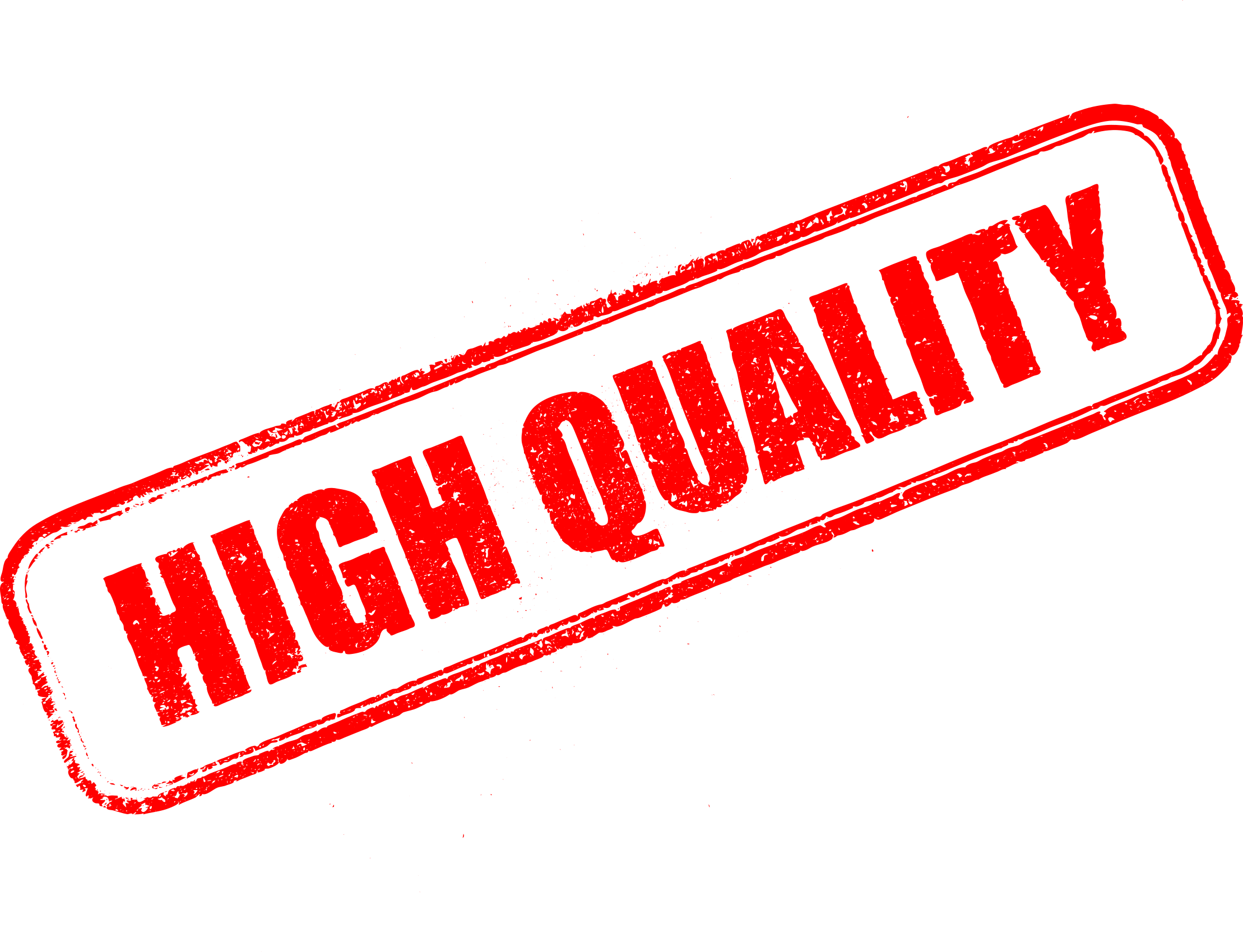
#Imagemagic png quality windows#
Beyond the column, he wrote about everything from Windows to tech travel tips. He founded PCWorld's "World Beyond Windows" column, which covered the latest developments in open-source operating systems like Linux and Chrome OS. He also wrote the USA's most-saved article of 2021, according to Pocket.Ĭhris was a PCWorld columnist for two years. Beyond the web, his work has appeared in the print edition of The New York Times (September 9, 2019) and in PCWorld's print magazines, specifically in the August 2013 and July 2013 editions, where his story was on the cover. With over a decade of writing experience in the field of technology, Chris has written for a variety of publications including The New York Times, Reader's Digest, IDG's PCWorld, Digital Trends, and MakeUseOf. Chris has personally written over 2,000 articles that have been read more than one billion times-and that's just here at How-To Geek. I personally feel like using Imagemagick has improved my workflow and I hope it can (and will) do the same for you.RELATED: Best Linux Laptops for Developers and EnthusiastsĬhris Hoffman is the former Editor-in-Chief of How-To Geek. For more examples check out the usage section on the Imagemagick website. With the commands you've learned in this post it should be easy enough to optimize and manipulate your images in the command line. If you don't want this you can just substitute it with convert and use it just like you did earlier. Mogrify is used for in-place manipulating of images, so it overwrites your image. Instead of convert I used mogrify for this snippet. Here's the command to do that: mogrify -quality 60 myimage_lq.jpg After resizing they might already be around the 100Kb, but giving up a little quality can take them down to 60-70Kb. I usually get extremely high quality assets and they can be as large as 2-3Mb sometimes. Scaling an image based on height is similar but place the pixel value after the x: convert myimage.jpg -resize x250 myimage_250h.jpgĪfter resizing your images you might want to optimize their quality a bit as well.

This will make the image 250px wide and scale the height proportionally. Pretty simple, right? You can also scale images proportionally to a pixel value like this: convert myimage.jpg -resize 250x myimage_250.jpg If you have several images to do this with you might run something like: for "x" in *.jpg do convert $x -resize 50% half_size_$x done This will scale your image down to 50% of it's original size.

convert myimage.jpg -resize 50% myimage_half_size.jpg Open up a command line, navigate to the folder where you have your image and type this into your command line. After you've installed Imagemagick you should prepare some images to resize.

Surprise, it turns out they have an OS X version as well.
#Imagemagic png quality install#
Start using Imagemagickīefore you can use Imagemagick you have to install it, go to their install page and find the appropriate version for your machine. And since I was working with a Linux machine I figured I could install Imagemagick and use it. In the past I've used their PHP library to resize images on my webserver, but under the hood that actually uses the Imagemagick command line tool. This wasn't a problem because I didn't have to work with assets as much as I used to and when I did I would just ask somebody else to do the tedious tasks for me.īut then I remembered Imagemagick. In december I switched from an OS X oriented workplace to an Ubuntu oriented workspace which meant that I didn't get to have Photoshop on my machine (without jumping through hoops).


 0 kommentar(er)
0 kommentar(er)
